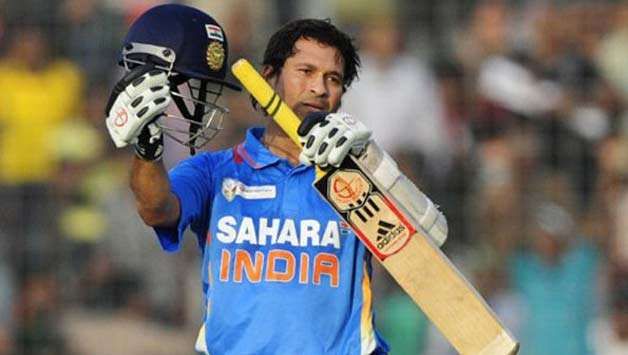
Indian Cricket Team: A true reflection of the Indian society
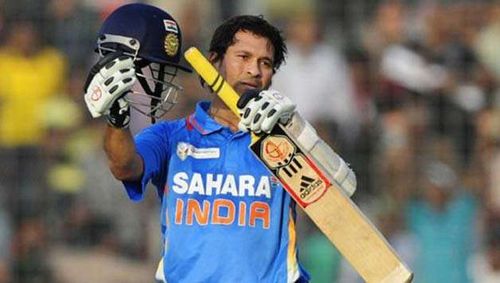
If there is one religion that can bind everyone in India on a single thread from Kashmir to Kanyakumari, it is cricket. Cricket has served as an ointment to so many burns the Indians have received over time- be it natural disasters or terrorist attacks. The game has also played a huge part in the country’s diplomatic policies.
Harsha Bhogle once quipped – “When Sachin plays well, India sleeps well”. This very sentence underlines the importance cricket has in the life of an average Indian. The Indian cricket team has often been a true reflection of the economic, political and social condition of the overall country.
In the early parts of the twentieth century, it was then Indians started to get accepted and recognised by the British in different sectors. Though there were many divisions among the British themselves about how they should treat the Indians. The exact reflection can be seen in Ranjitsinhji's career. Though he was performing consistently, there were a lot of people in the MCC who were against his inclusion to the England team.
Eventually, he got selected and performed brilliantly against a touring Australian side but could not silence the scepticism- one for his skin colour and also for his Non-British unorthodox playing style.
The 1930’s can be termed as one of the turbulent times of Indian history. Indians under the leadership of Mahatma Gandhi were fearlessly participating in various anti-British rule movements. Consequently, as a nation, India grew bolder and more adventurous too, which again can be reflected from Indian captain Col C.K.Nayudu’s open challenge to the English captain Douglas Jardine and applying his bodyline strategy against him through the likes of Sk Mohd Nissar.
Cricket also signified the economical and societal status difference in India during that era. It was a game of the royals and they used it to gain acceptance from the British. On the other hand, general people in India despised it because of this very reason. Indian Cricket team was also a collection of individuals from different parts of the country.
Like there was not much unity among the Indian states in the Pre Vallabhbhai Patel era- it was evident on the Indian team also. Often the royals who had more political power had the last say in team meetings despite not being a good cricketer themselves. Incidents like Maharajkumar of Vizianagram or Vizzy’s fallout with a young Lala Amarnath or Vizzy offering a watch to Mushtaq Ali to run Vijay Merchant out clearly shows the lack of unity in the team.
Post-independence Indian society was strongly held through an able leadership of Jawaharlal Nehru and Indian team also started making slow progress. They recorded their first Test victory against England in 1952. They won their first overseas series in 1968 against New Zealand.
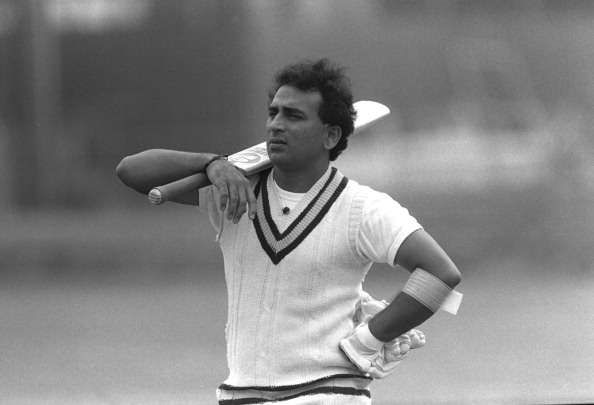
Slowly but steadily they started to build a reputation of being strong at home where parallels can be drawn with India as slowly gaining acceptance as a power to reckon with in the world stage. But the 1970s were also an era of political turmoil where the people in general, grew more conservationist to counter the growing angst of the jobless youth.
This conservationist mentality is well found in the batting style of the first little master from India- Sunil Gavaskar. Like the mentality of an average Indian, survival at any cost during the hard times was the mantra behind Gavaskar’s success against the fearsome Caribbean pace attack.
The 1980s decade was the time when people got attracted to the raw power, flamboyance and more in your face kind of approach. This time also signifies the rise of players like Kapil Dev and Ravi Shastri who epitomised those.
This was also the time India started building their reputation both in political front and also in cricket. While they were one of the pioneers of the Non-Alignment Movement (NAM) to increase their political importance, they also won the 1983 world cup and 1985 Benson and Hedges Cup to announce their supremacy in the limited-overs format of the game.
But the most prominent example of how Indian cricket team mirrored the Indian society is Sachin Tendulkar’s rise and the economic liberalisation. Economic liberalisation opened up the society.
People found new desire and self-belief which was expressed through Sachin Tendulkar’s bold strokeplay and attacking mindset. His rise to the top from a middle-class family was the one, which symbolised the life story of so many successful individuals in the post-liberalisation era.
By pummelling reputed bowlers all over the park around the world, he became the face of a bold India. 2000-02 was marred by match-fixing scandals which were also bad years for the Indian economy after a period of rising.
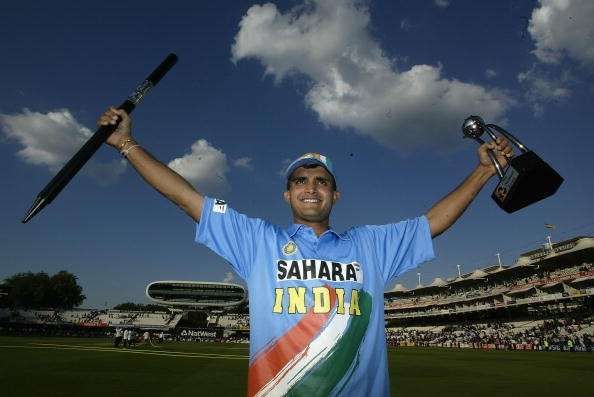
Post-2000s was the time when Indians started leaving their mark in different sectors outside their country also. And it was at the same time the Indian team under Sourav Ganguly started performing much better than the past in overseas.
This time is also recognised as the time when the small towns started improving and with that the likes of Kaif, Raina and later M.S.Dhoni himself came to the Indian team breaking the trend of cricketers from only metro cities getting selected in the squad. India kept establishing themselves as a political and economic powerhouse and in the same way the cricket team also got recognised as a fearsome power with brilliant performances like- 2003 World Cup runners-up, beating Steve Waugh’s invincible, Champions Trophy win and 2007 T20 world cup win.
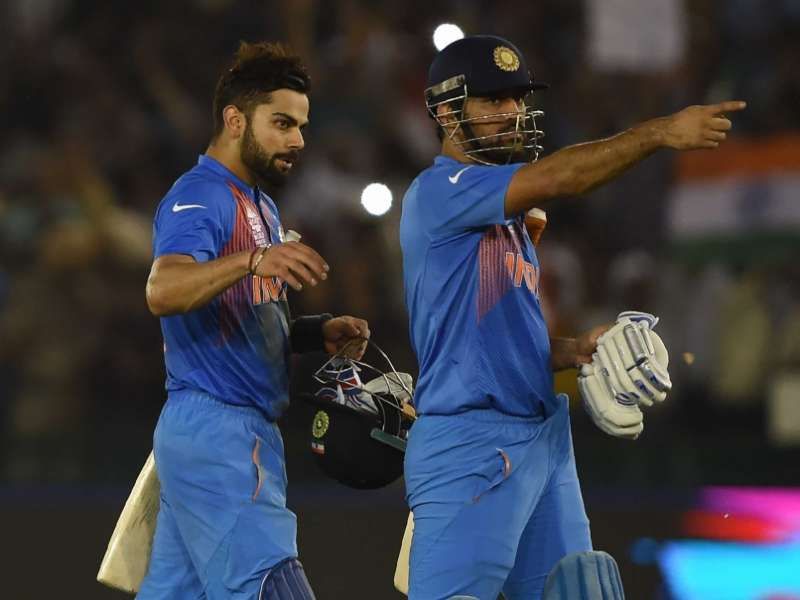
The advent of IPL post-2008 marks the rise of a more adventurous, fearless young generation. This nature was reflected in the cricket field also as the cricketers of this generation not only held their own in front of sledging or barracking but paid them back in their own coins. The aggression from the likes of Virat Kohli has been tantamount to this trend as they have repeatedly chased down huge targets, have never been afraid of taking risks and never backed down in front of daunting opponents even in adverse conditions.
Virat Kohli’s 1st Test as a captain where the team tried to chase down 356 on the final day in Adelaide comes from a mentality that symbolises the current Indian society
Films are a mirror of the time as they rightfully portray the mood of the nation, the society and the conditions of the populace. But it would not be wrong to say that for India, cricket has also served the same purpose.
The cricketers, their performances, on field attitudes and the way it has been played by the Indian national team, mirrors the difference across eras. This is why Ashish Nandy once rightfully remarked, “Cricket is an Indian game, accidentally discovered by the English.”